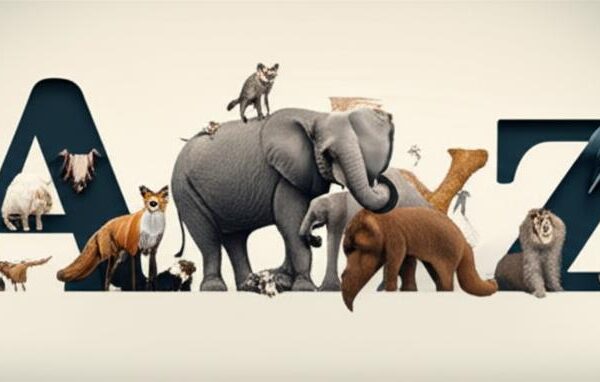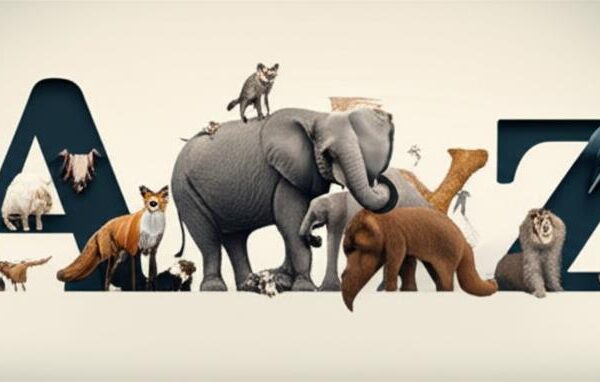This list includes 20 Mammals that start with K, from “Kermode bear” to “Kulan”. Entries range from common, widespread species to regionally rare and culturally important animals. Use it for quick reference, classroom projects, or wildlife writing.
Mammals that start with K are mammals whose common English names begin with the letter K. For example, the Kermode or “spirit bear” holds special meaning in Indigenous cultures of British Columbia.
Below you’ll find the table with Common name, Scientific name, Order, and Habitat.
Common name: The everyday name you see in guides, helping you quickly recognize and search for species.
Scientific name: The accepted Latin name used in science, so you can link each entry to authoritative records.
Order: The taxonomic order shows broader relationships, helping you understand how species group and behave ecologically.
Habitat: A concise habitat label tells you where the species typically lives, useful for field planning and education.
Mammals that start with K
| Common name | Scientific name | Order | Habitat |
|---|---|---|---|
| Koala | Phascolarctos cinereus | Diprotodontia | forest |
| Kinkajou | Potos flavus | Carnivora | forest |
| Kitti’s hog-nosed bat | Craseonycteris thonglongyai | Chiroptera | forest |
| Killer whale | Orcinus orca | Cetacea | marine |
| Kiang | Equus kiang | Perissodactyla | montane/grassland |
| Klipspringer | Oreotragus oreotragus | Artiodactyla | shrubland/montane |
| Kob | Kobus kob | Artiodactyla | grassland/savanna |
| Kermode bear | Ursus americanus kermodei | Carnivora | forest |
| Kipunji | Rungwecebus kipunji | Primates | forest/montane |
| Kinda baboon | Papio kindae | Primates | grassland/savanna |
| Kloss’s gibbon | Hylobates klossii | Primates | forest |
| Kuhl’s pipistrelle | Pipistrellus kuhlii | Chiroptera | urban/forest |
| Kouprey | Bos sauveli | Artiodactyla | forest/grassland |
| Kulan | Equus hemionus kulan | Perissodactyla | grassland |
| Kiore | Rattus exulans | Rodentia | forest/urban |
| Kowari | Dasyuroides byrnei | Dasyuromorphia | desert |
| Kodiak bear | Ursus arctos middendorffi | Carnivora | forest/marine |
| Kudu | Tragelaphus strepsiceros | Artiodactyla | shrubland/grassland |
| King colobus | Colobus polykomos | Primates | forest |
| Kit fox | Vulpes macrotis | Carnivora | desert/shrubland |
Descriptions

Koala
Iconic Australian marsupial that feeds on eucalyptus leaves, about 4–15 kg, largely sedentary; vulnerable due to habitat loss and fires.
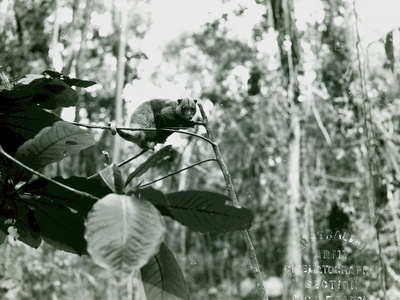
Kinkajou
Nocturnal rainforest mammal with a prehensile tail, 1–3 kg, found from Mexico to South America; hunted locally but not globally endangered.
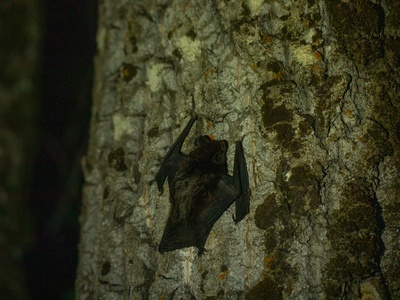
Kitti’s hog-nosed bat
Tiny Southeast Asian bat often called the bumblebee bat, weighing ~2 grams; roosts in caves near forests and is vulnerable from habitat loss.

Killer whale
Largest dolphin species, cosmopolitan marine predator known as orca, up to 6–8 m; some populations are endangered due to pollution and prey decline.

Kiang
Largest wild ass native to the Tibetan Plateau; stout, horse-like grazer adapted to high-altitude grasslands; populations vary regionally.
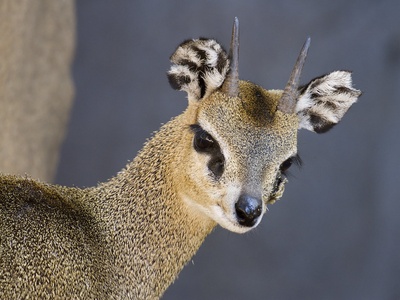
Klipspringer
Small, rock-dwelling African antelope with specialized hooves for cliffs, about 10–18 kg; common in rocky habitats but locally fragmented.
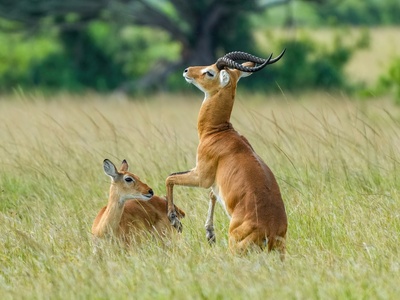
Kob
Medium-sized African antelope of floodplains and savannas, often seen in herds; hunted in parts of its range, conservation status varies by region.
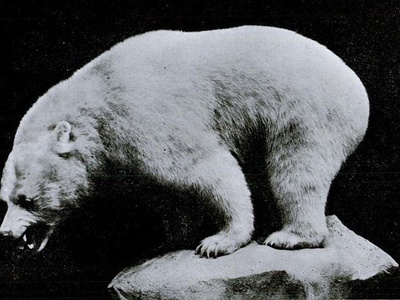
Kermode bear
A white-coated subspecies of the American black bear in coastal British Columbia, culturally important and protected; relies on salmon-bearing temperate rainforest.
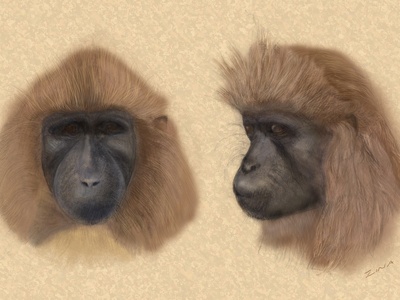
Kipunji
Rare African monkey discovered in 2005, endemic to Tanzanian montane forests, critically endangered with fewer than a few thousand individuals.
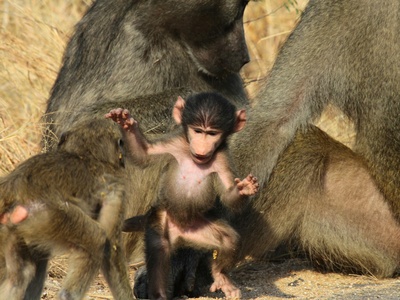
Kinda baboon
Small baboon in central Africa, social and omnivorous; inhabits woodland and savanna mosaics and is less studied than other Papio species.
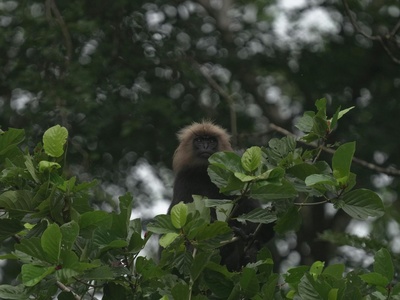
Kloss’s gibbon
Endemic to Indonesia’s Mentawai Islands, small black-and-white gibbon skilled at brachiation; vulnerable due to habitat loss.

Kuhl’s pipistrelle
Widespread Old World bat that roosts in buildings and trees, adaptable to urban areas; small insectivore with expanding range.
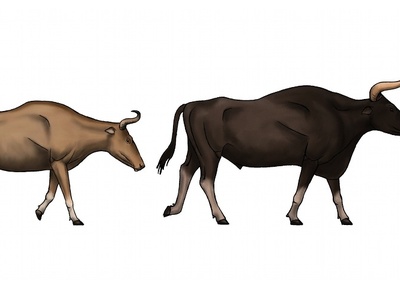
Kouprey
Large bovine from Southeast Asia, possibly extinct or critically endangered; historically found in forest–grassland mosaics and little-known in the wild.

Kulan
Asiatic wild ass subspecies of Central Asian steppes, adapted to arid grasslands; populations have declined but some reintroductions exist.
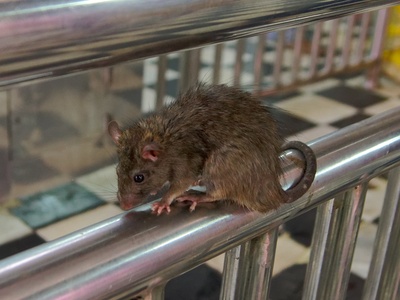
Kiore
Pacific or Polynesian rat introduced widely by humans, small and adaptable to islands and settlements; invasive in some ecosystems.

Kowari
Small Australian carnivorous marsupial of arid sandy areas, nocturnal and mouse-like; threatened by habitat alteration and introduced predators.
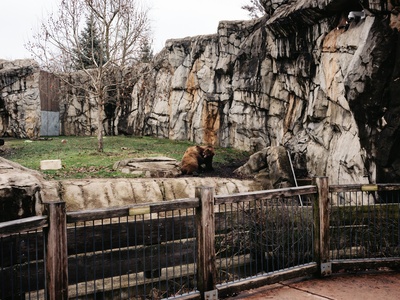
Kodiak bear
Massive brown bear subspecies from Alaska’s Kodiak Archipelago, up to 600+ kg in males; coastal foraging on salmon supports large body size.
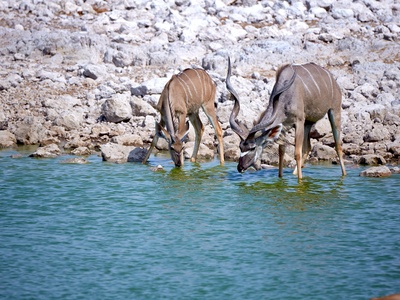
Kudu
Large African spiral-horned antelope with striking stripes; browsers of woodland and savanna edges, hunted in many regions.
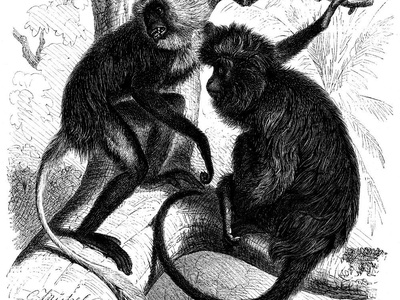
King colobus
Black-and-white West African colobus monkey with long fur, arboreal leaf-eater; threatened by deforestation and hunting.
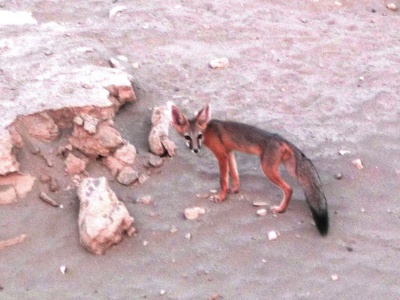
Kit fox
Small North American fox adapted to arid plains and deserts, about 1–3 kg; vulnerable in parts of its range due to habitat loss.

